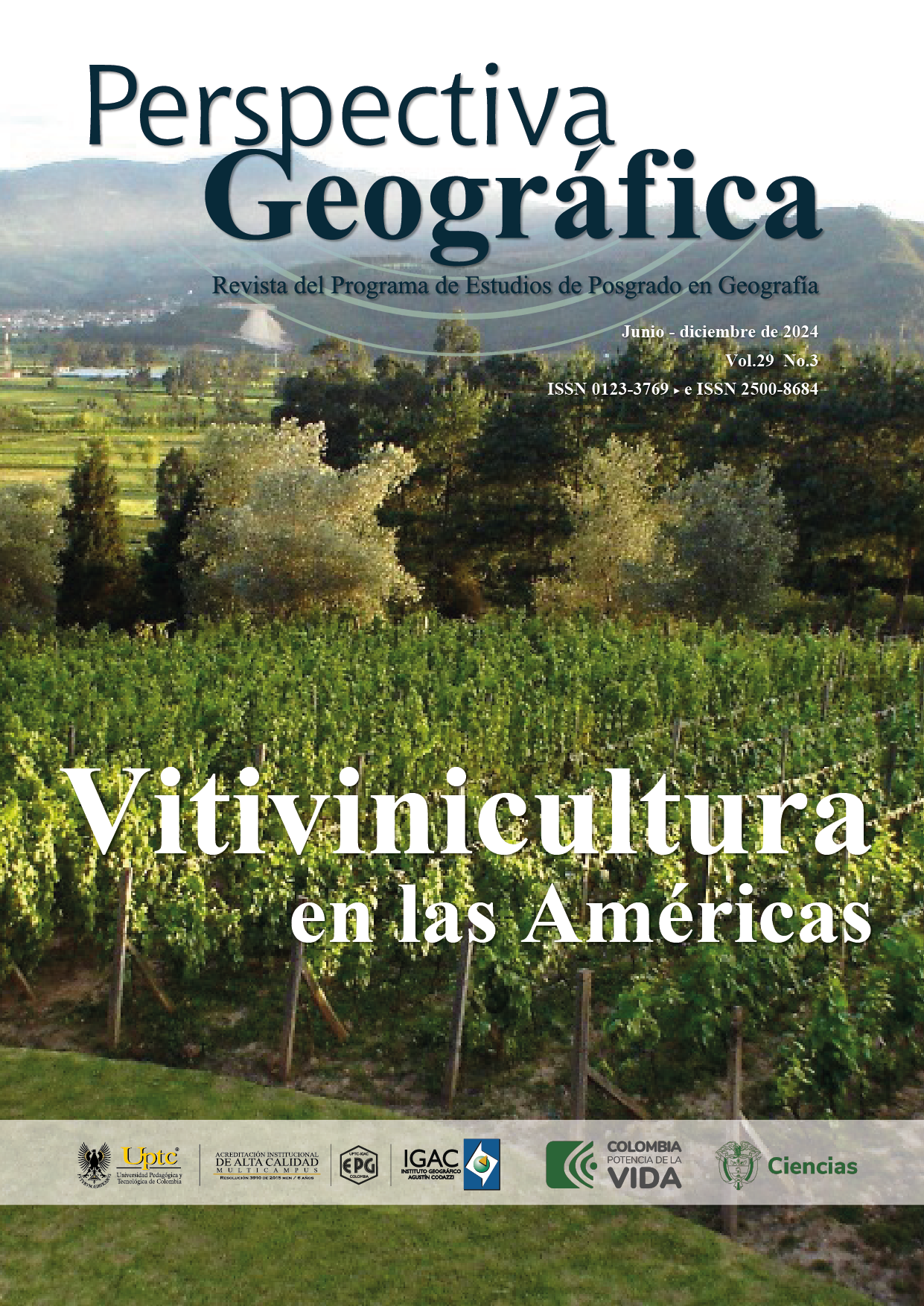Wine & status: sociocultural dynamics of wine consumption from the perspective of Global History

Abstract
This article discusses the historical aspects of global wine consumption and the notion of status and social distinction. The analysis is presented through the field of Global History, using bibliographical review and related sources to weave a critical and current narrative on the topic. Wine consumption is intrinsically related to historical-geographical and sociocultural factors, revealing processes intertwined with asymmetrical power relations, class hierarchy, economic and cultural capital, predilections and exclusions. The appreciation of certain lifestyles – such as, in this case, the conspicuous consumption of wine – is a subjective social phenomenon increasingly constructed through advertising and in-person and virtual networks, subject to continuous change. The analysis of the historical trajectory of wine consumption as a symbol of social status represents an interesting opportunity to overcome a conventional and colonialist “wine world” and inserts historians in the current debate for a more sustainable and responsible wine industry with wine workers, the environment of the producing regions and respect for the health of the final consumer.
Keywords
Wine, Status, Global History
References
- Atkin, T.; Thach, L. (2012). Millennial wine consumers: risk perception and information search. Wine Economics and Policy, 01, 54-62. https://doi.org/10.1016/j.wep.2012.08.002
- Banks, G.; Overton, J. (2010). Old World, New World, Third World? Reconceptualising the Worlds of Wine. Journal of Wine Research, 21(01), 57-75. https://doi.org/10.1080/09571264.2010.495854
- Bourdieu, P. (2016). La Distinction: critique sociale du jugement [1979].
- Paris: Éditions de Minuit.
- Bianchin, F. et al. (2016). L’eredità della Serenissima: vigneti e vini nell’area della DOC Venezia. Treviso: Consorzio Vini Venezia.
- Brunn, S. D.; Kehrein, R. orgs. (2019). Handbook of the Changing World Language Map. Cham: Springer. https://doi.org/10.1007/978-3-319-73400-2_213-2
- Cavanaugh, J. R. (2007). Making Salami, Producing Bergamo: the transformation of value. Ethnos – Journal of Anthropology, 72(02), 149-172. https://doi.org/10.1080/00141840701387853
- Charters, S. (2006). Wine and Society: the social and cultural context of a drink. Oxford: Butterworth-Heinemann.
- Dubois, M. et al. (2021). Did Wine Consumption Change During the COVID-19 Lockdown in France, Italy, Spain, and Portugal? Journal of Wine Economics, 16(02), 131-168. https://doi.org/10.1017/jwe.2021.19
- Gladstones, J. S. (2011). Wine, terroir and climate change. Kent Town, Australia: Wakefield Press.
- Grigg, D. (2004). Wine, Spirits and Beer: world patterns of consumption. Geography, 89(02), 99-110. http://www.jstor.org/stable/40573955
- Järlehed, J.; Moriarty, M. (2018). Culture and class in a glass. Language & Communication, 62, 26-38. https://doi.org/10.1016/j.langcom.2018.05.003
- Revista Veja, n. 2666, 25 dez. 2019. https://veja.abril.com.br/economia/falta-humildade-ao-vinho-brasileiro-diz-unico-master-of-wine-do-pais
- Larsimont, R.; Martín, F. (2018). Indicaciones geográficas: los "límites" de la calidad. Unidiversidad UNCUYO. https://www.researchgate.net/publication/329450582_Indicaciones_geograficas_Los_limites_de_la_calidad
- Marx, K. (2000). Economic and Philosophic Manuscripts of 1844. https://www.marxists.org/archive/marx/works/download/pdf/Economic-Philosophic-Manuscripts-1844.pdf
- Mcintyre, J. (2011). Adam Smith and Faith in the Transformative Qualities of Wine in Colonial New South Wales. Australian Historical Studies, 42(02), 194-211. http://dx.doi.org/10.1080/1031461X.2011.560611
- Mcintyre, J. et al. (2019). “They are among the Best Workers, Learning the Ways of a Vineyard Quickly”: Aboriginal People, Drinking, and Labor in the Early Australian Wine Industry. Global Food History, 05(01/02), 45-66. https://doi.org/10.1080/20549547.2019.1569442
- Morales, O. G. org. (2018). Vitivinicultura y celebraciones vendimiales. Mendoza: INCIHUSA. https://www.argentina.gob.ar/sites/default/files/vitiviniculturayvendimias_incihusa.pdf
- Negro, A. L.; Silva, S. orgs. (2001). As peculiaridades dos ingleses e outros artigos. Campinas: Editora da Unicamp. https://www.academia.edu/29700754/THOMPSON_E_P_As_peculiaridades_dos_ingleses_e_outros_artigos
- Nodari, E. S. et al. orgs. (2022). História Ambiental em rede. Governador Valadares / Passo Fundo: UNIVALE / Acervus. https://www.acervuseditora.com.br/historia-ambiental-em-rede-novos-temas-e-abordagens
- OIV (2021). Nota di congiuntura del settore vitivinicolo mondiale nel 2020. https://www.oiv.int/public/medias/7905/nota-di-congiuntura-oiv-del-settore-vitivinicolo-mondiale-ne.pdf
- Overton, J. (2010). Consumption of space: land, capital and place in the New Zealand wine industry. Geoforum, 41, 752-762. https://doi.org/10.1016/j.geoforum.2010.04.007
- Poore, J.; Nemecek, T. (2018). Reducing food’s environmental impacts through producers and consumers. Science, 360(6392), 987-992. https://doi.org/10.1126/science.aaq0216
- Smith, A. (2007). An Inquiry into the Nature and Causes of the Wealth of Nations [1776]. Book V. São Paulo: MetaLibri.
- Terça Insana – Sheila. YouTube, 2006. https://www.youtube.com/watch?v=MhkTR_d84_M&t=1s
- Veblen, T. (1994). The Theory of the Leisure Class [1899]. New York: Penguin Books.
